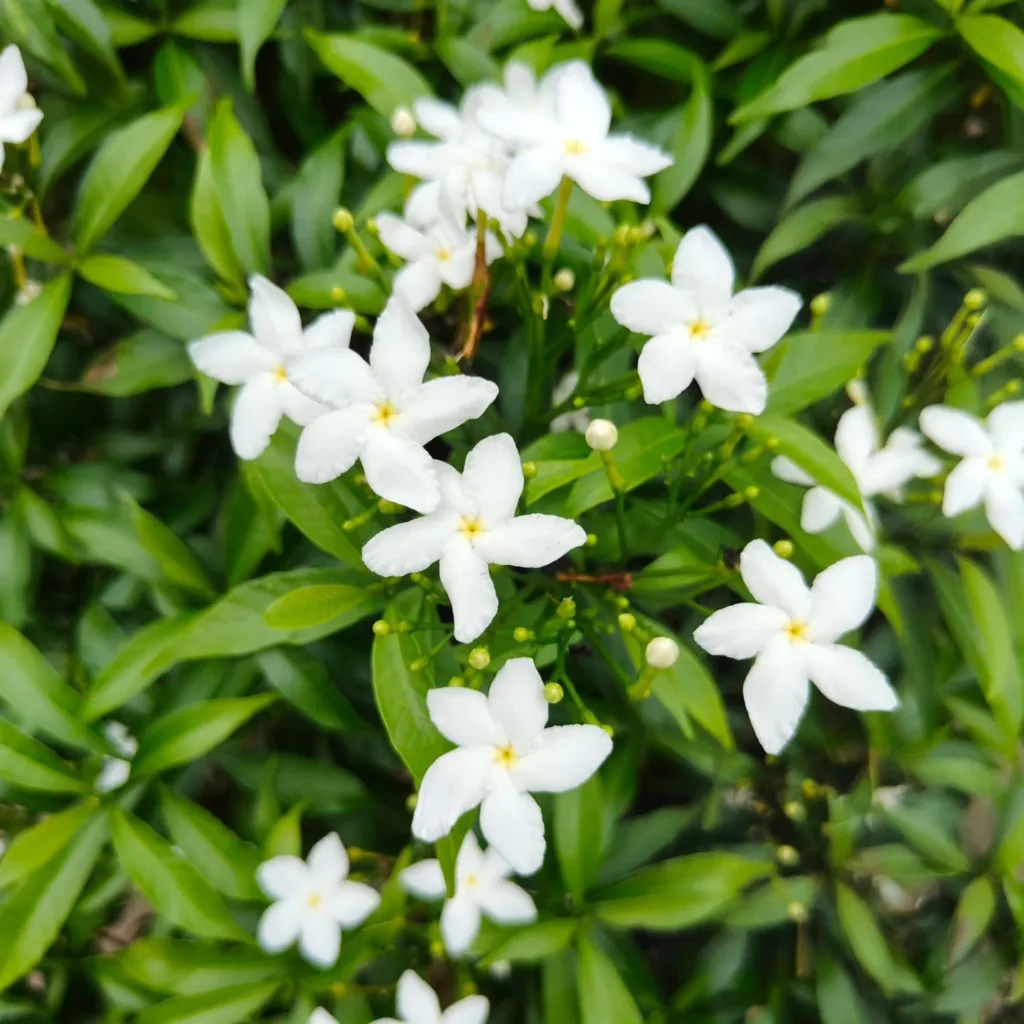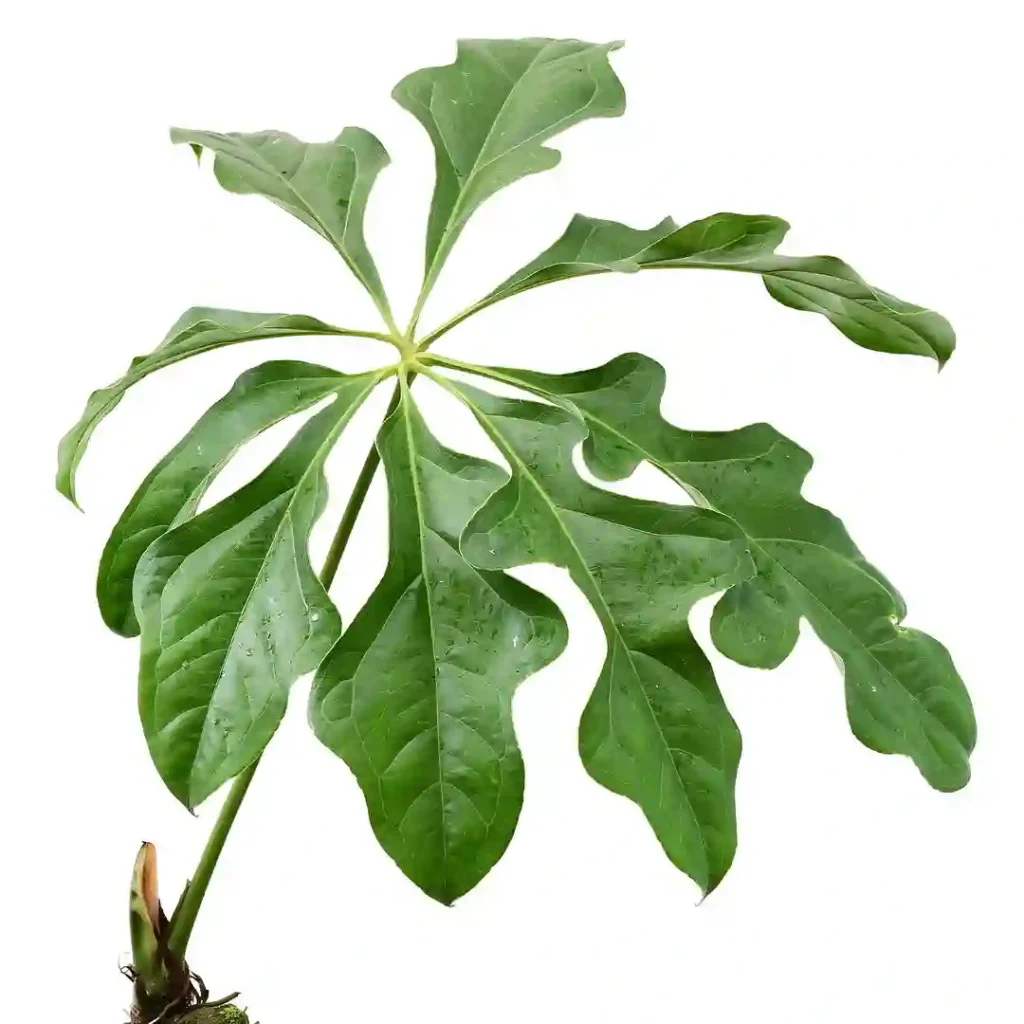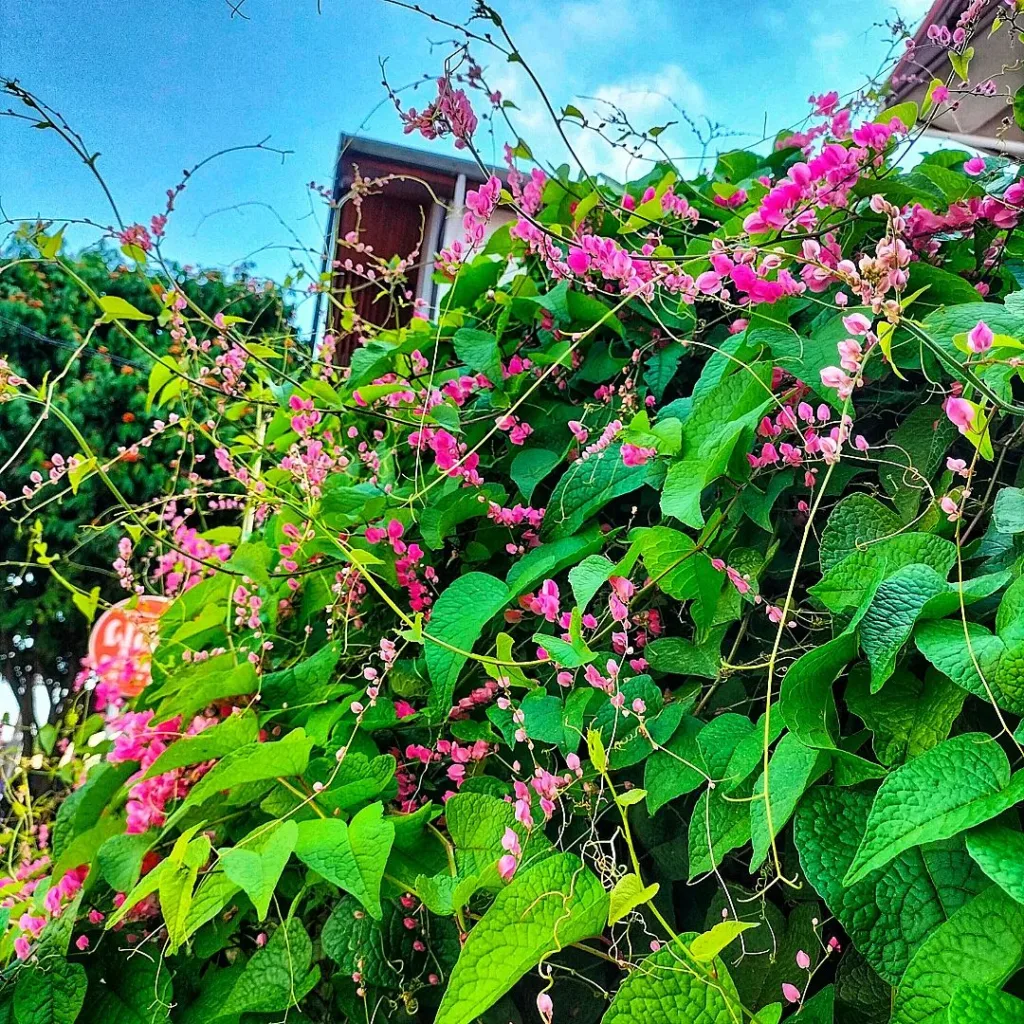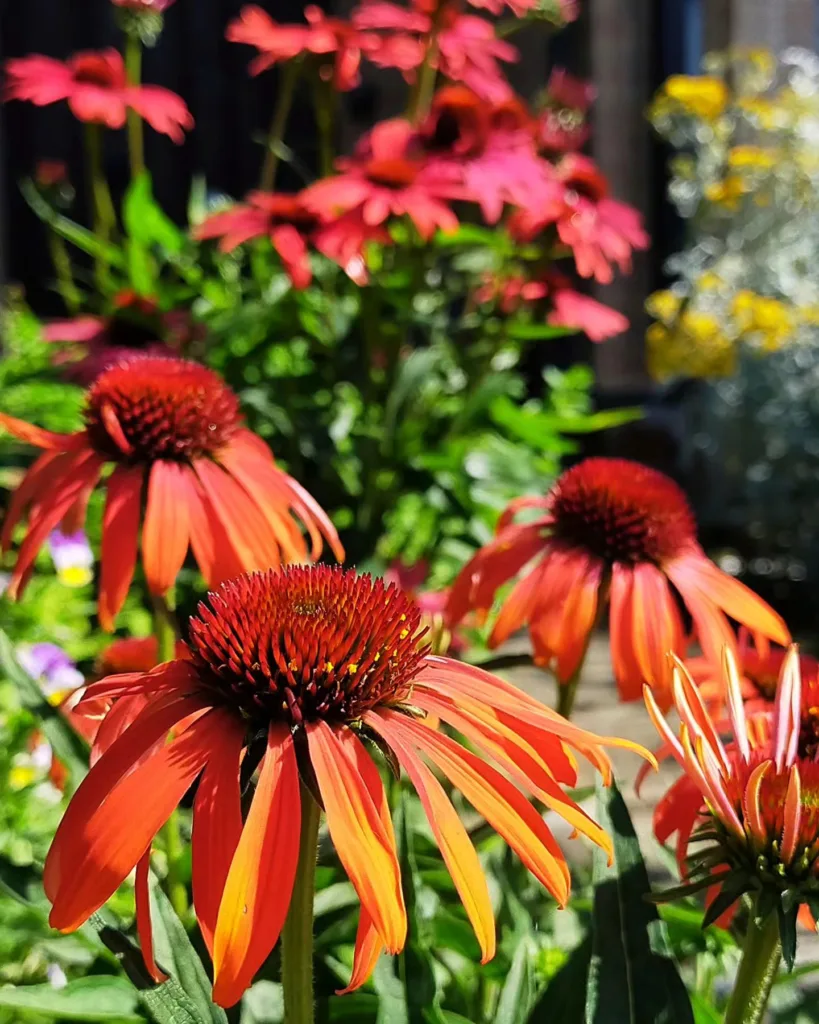A Floral Odyssey: My Journey into the World of Haemodoraceae
As a budding botanist, I find myself perpetually drawn to the enigmatic world of plants. Each species, each family, holds a unique story, a captivating mystery waiting to be unraveled. One such family that recently piqued my interest is the Haemodoraceae, a group of flowering plants renowned for their vibrant hues and intriguing characteristics.
The Bloodroots: A Family of Colorful Characters
The Haemodoraceae, often referred to as the “bloodwort family,” comprises around 15 genera and an estimated 100 species. These plants are predominantly distributed across the Southern Hemisphere, with a notable concentration in Australia, South Africa, and the Americas. Their common name, “bloodroots,” alludes to the reddish sap or rhizomes that many members of this family possess. This striking feature, coupled with their often vibrant flowers, makes them a fascinating subject of study.
Genera: A Diverse Assembly
The Haemodoraceae family boasts a diverse array of genera, each with its unique charm and characteristics.
- Anigozanthos: Commonly known as “kangaroo paws,” these Australian natives are celebrated for their unique, paw-shaped flowers that come in a dazzling array of colors. – 11 Species in Genus Anigozanthos – Kangaroo Paw Plant
- Haemodorum: This genus, which lends its name to the family, encompasses plants with striking red sap and vibrant flowers, often in shades of yellow, orange, or red.
- Lachnanthes: This genus, with its sole representative, the “redroot,” is native to North America and is recognized for its bright red roots and woolly, white flowers.
- Wachendorfia: These South African plants are distinguished by their fan-shaped leaves and tall flower spikes adorned with yellow or orange blooms.
- Xiphidium: This genus, predominantly found in the Americas, features plants with sword-shaped leaves and delicate, white or yellow flowers.
- Barberetta: A monotypic genus in the Haemodoraceae family, native to South Africa, known for its striking red flowers and grass-like leaves.
- Blancoa: A monotypic genus in the Haemodoraceae family, native to Western Australia, characterized by its large, white or pink flowers and sword-shaped leaves.
- Conostylis: A genus of flowering plants in the Haemodoraceae family, endemic to Australia, with diverse species showcasing a variety of flower colors and leaf shapes.
- Cubanicula: A small genus in the Haemodoraceae family, endemic to Cuba, known for its unique flower structure and limited distribution.
- Dilatris: A genus of flowering plants in the Haemodoraceae family, native to South Africa, recognized for its dense, colorful flower spikes and wiry leaves.
- Macropidia: A monotypic genus in the Haemodoraceae family, endemic to Western Australia, known for its large, black flowers with long, red stamens.
- Phlebocarya: A genus of flowering plants in the Haemodoraceae family, native to Australia, distinguished by its unusual, papery bracts surrounding the flowers.
- Pyrrorhiza: A monotypic genus in the Haemodoraceae family, endemic to Western Australia, characterized by its fiery red flowers and long, linear leaves.
- Schiekia: A small genus in the Haemodoraceae family, found in South America, known for its unusual flower structure and limited distribution.
- Tribonanthes: A genus of flowering plants in the Haemodoraceae family, native to Australia, recognized for its distinctive, three-petaled flowers and often hairy leaves.
Beyond the Surface: Ecological and Economic Significance
The Haemodoraceae family is not merely a collection of aesthetically pleasing plants. They play a crucial role in their respective ecosystems, providing food and habitat for a variety of insects and animals. Additionally, several members of this family have been utilized by humans for centuries. Their vibrant roots and rhizomes have been used as dyes, while some species have traditional medicinal applications.
A Personal Fascination
As I continue to explore the world of Haemodoraceae, I’m constantly amazed by their beauty, diversity, and ecological significance. From the iconic kangaroo paws of Australia to the vibrant bloodroots of the Americas, each member of this family holds a unique allure. Their vibrant colors, intriguing features, and ecological roles make them a captivating subject of study. As a botanist, I look forward to uncovering more about these fascinating plants and their place in the intricate web of life.
If i die, water my plants!



